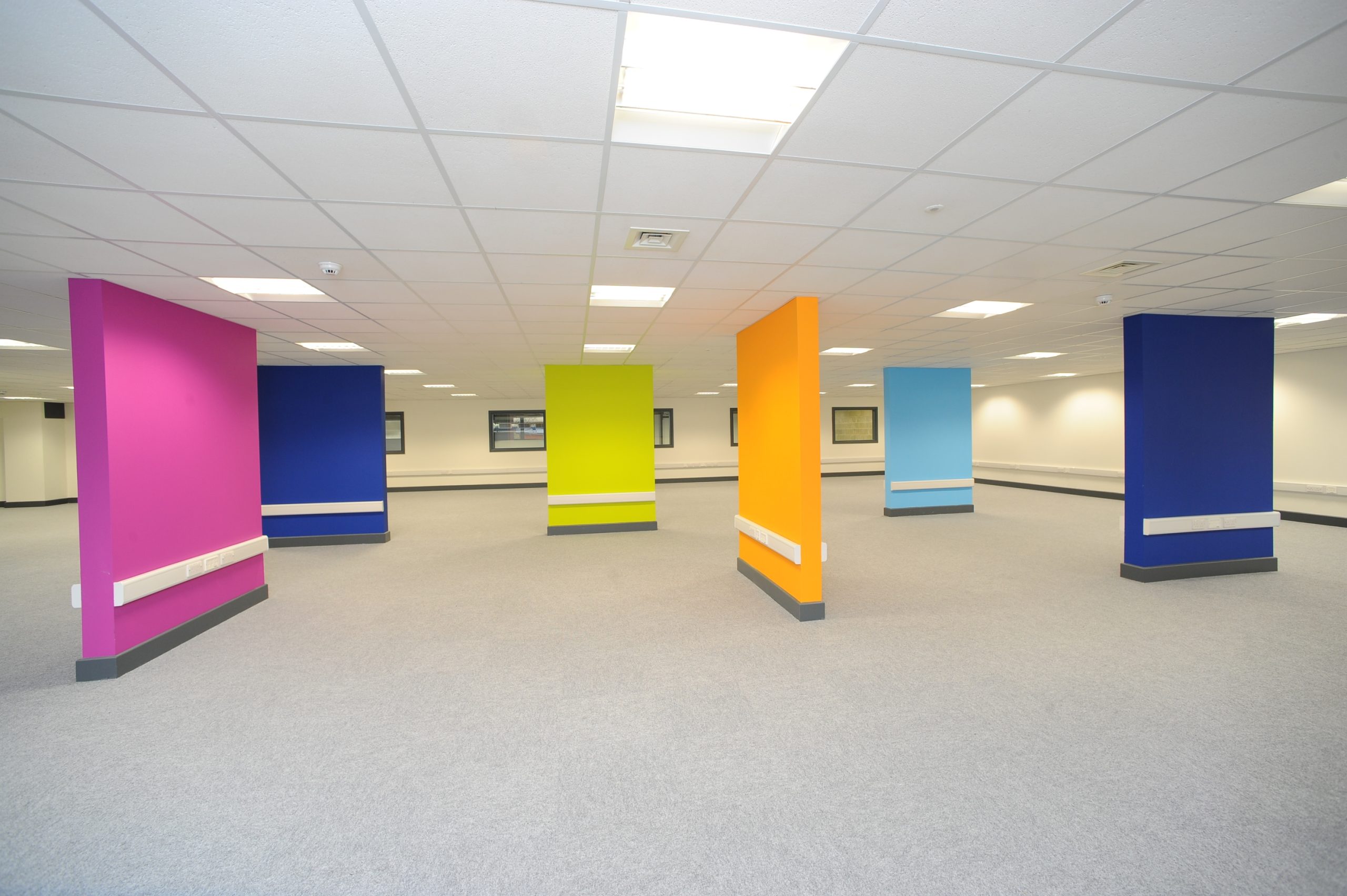
City Gateway, London
Framing Success in Tower Hamlets
Cold rolled steel specialist Metsec has lent its design expertise to Kier Construction London, for the conversion of former warehouse-style offices into the new City Gateway centre from London’s most deprived boroughs. The result is a new functional interior whose load-bearing steel frame system integrated smoothly with the existing structure.
City Gateway runs vocational training courses, youth centres and entrepreneurial opportunities for young people and women to help them overcome barriers to employment. The organisation aims to progress them into employment in partnership with corporate and community partners. In 2012, City Gateway became the first London-based alternative provider to be awarded Free School Status by the Department for Education.
The charity is leasing five former light industrial units that are part of the Clipper House Industrial Complex in Tower Hamlets and has appointed construction group Kier to convert them into an education centre for 14 – 19-year-olds. The new purpose built facilities will include training rooms, a workshop, a gym, and childcare facilities as well as catering, and hospitality spaces, covering approximately 4,800m². To create these new spaces and additional first floor accommodation, the internal open warehouse spaces were remodelled to include mezzanine decks supported from partitions.
Gary Gabriel Associates, a structural and civil engineering design consultancy appointed by Kier Construction London, provided the new structural layout and turned to Metsec for design assistance with a lightweight load-bearing steel framing solution. In cooperation with the SFS installer, Frametec, Metsec developed a framing solution that integrated easily with the existing units and without the need to alter the original building structure.
“Importantly, the Metsec steel frame was designed so as to evenly distribute as much load as possible across the existing ground floor, using load-bearing walls to support the upper floors. Yet, its light weight construction meant that the existing reinforced concrete ground floor slab could be reused without the need for new foundations”, says Mark Redfern, Senior Engineer at Gary Gabriel Associates. Not only did this bring cost down but it was also to the benefit of the installer, who was able to install the steel framing in situ within only 12 weeks.
For optimum load-bearing steel framing the cold rolled steel frame had to be integrated with a minimum of hot rolled steel sections. “As opposed to cold rolled steel, hot rolled steel becomes inflexible, which makes the thorough design of the interface between cold rolled and hot rolled steel all the more important. In collaboration with Frametec, the steel frame was modelled in 3D, using Revit. This ensured the technical accuracy and performance of the load-bearing SFS, while producing a no-waste solution for Kier”, says Roy Burns, Managing Director for Lightweight Structural Systems at Metsec.
Lee Winton-Norman, Director at Frametec, confirms: “It comes down to detailing carefully in order to make the cold rolled steel fit accurately with the hot rolled steel sections. Using BIM-technology enabled us to rule out flaws from the outset and optimise the amount of material used. Equally, 3D modelling is a useful tool to visualise technical solutions for contractors. Given that the industry is adopting this approach only slowly, manufacturers like Metsec and installers like Frametec are pioneering the way forward for BIM.”